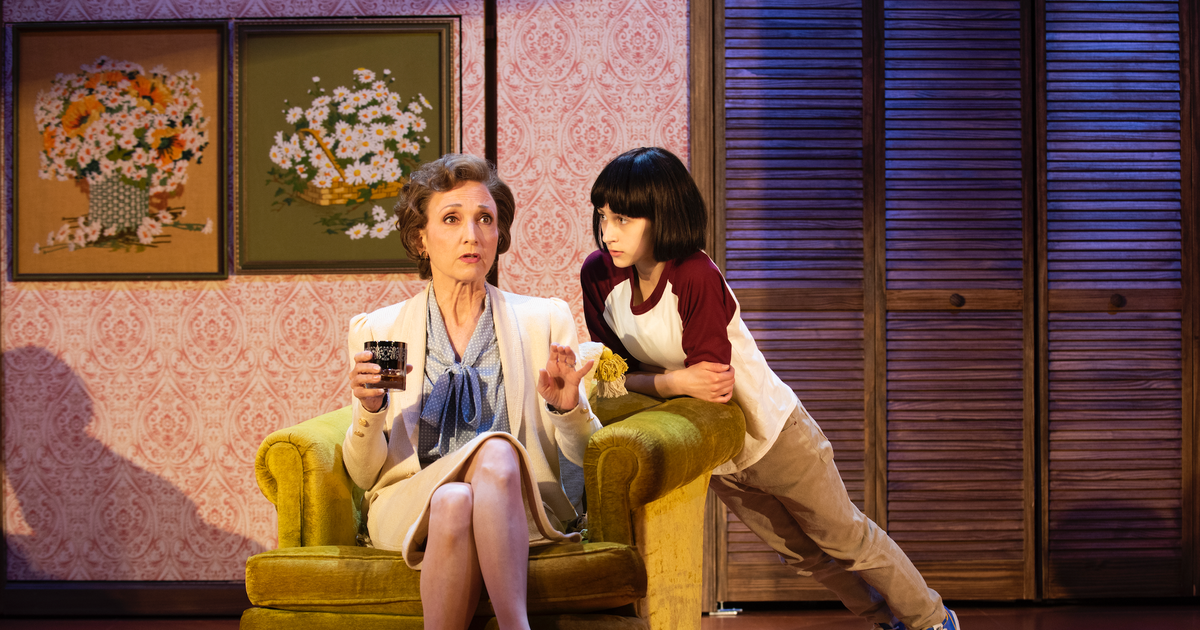Art critic, writer and teacher Mel Gooding, who died at the age of 80, worked independently of any institution; rather than the result of a planned career, his publications grew out of a sensual response to painting and sculpture, and an understanding of those who made the work. In addition to contributing to the artistic and national press, including Arts Review, Art Monthly and The Guardian, he has produced monographs on artists Bruce mclean (1990), John Hoyland (1990), Patrick Heron (1994), Terry Frost (2000), Gillian Ayres (2001) and herman de vries (2006). He has also published works on architects Will Alsop (1992) and Jose plecnik (1997).
At the University of Sussex, he met another student and his future wife, Rhiannon Richards, the daughter of artists Ceri and Frances Richards. Through their entourage, he rubs shoulders with painters and sculptors from a generation older than him, absorbing their work and their concerns in a friendly context before thinking of writing about art. This established his subsequent approach and, unlike many critics, he was comfortable on workshop visits and as open to the forgotten and young as he was to celebrities.
The conversation was central to Mel’s life, often taking place in pubs, where he first met McLean, at their premises, the Bull’s Head in Barnes, southwest London. A sense of their energetic creative brotherhood is captured through the series of collaborative artist books published under their invention, Knife Edge Press.
Dreamwork (1985), with screen-printed images of McLean and text by Mel, appeared first, followed by titles such as Ladder (1986), A Scone Off a Plate (1990) and Knife Edge Academy: The Prospectus (1992) . In 2013, the press received a retrospective exhibition at the Cooper Gallery, Dundee.
Mel’s major works on living artists involved close engagement with individuals, and his warmth and respect was reciprocal. These friendships are documented in Mel’s life story recording for Lives of artists, the oral history project carried out by National Life Stories at the British Library of which I am the project director.
Artists’ Lives was established in 1990 with his help and has been supported by his 30 years as chairman of its advisory board. Mel has also made recordings, including, with great delicacy, those with Ayres and Marguerite Mellis, each of which rarely addressed an issue directly. The project continues to grow, currently counting over 400 audio life stories of artists and those associated with them.
The fourth of 10 children in a close-knit family, Mel was born in Ipswich, Suffolk, the son of Frederick Gooding, a bus driver, and his wife, Kathleen (née Cox). An older brother Barry, on his way back from the Navy, made Mel an avid birding enthusiast and nature lover. This keen observation of nature was as important in adjusting Mel’s eye for his subsequent response to paintings as his academic training.
Failing his 11+ years, Mel spent two years in a modern high school before earning a place at Northgate High School. As a teenager, he attended evening classes at the Association for Workers’ Education (now WEA), was involved in the Ipswich Caribbean Society, joined Labor and marched to Aldermaston.
Describing himself as “one of the children of Raymond Williams”, Mel benefited from the Education Act of 1944 and the flowering of new universities in the 1960s, in his case Sussex, where in 1962 he went to study. english.
There, his anti-racism commitment was strengthened when he and Rhiannon became friends with fellow student Thabo Mbeki, the future second president of South Africa.
Significant engagement with the African National Congress exiles followed, and the couple provided hospitality, clandestine mail deliveries, and their homes as the ANC meeting place during the struggle. They were invited to Mbeki’s inauguration in 1999.
After graduating in 1965, Mel stayed in Sussex to do a master’s degree, then in 1966 moved to London, living in various places before finally settling in Barnes. His teaching years were spent at Furzedown College of Education, Streatham, West London College, Wandle Primary School, Earlsfield, Rachel McMillan College of Education, Deptford, and Sidney Webb College (integrated into Polytechnic of Central London). Saddened by the changes in educational policy, he took the risk of becoming a freelance writer in the 1980s.
In addition to writing catalogs for artists, he contributed abstract art for Tate’s Movements in Modern Art series (2001), and collaborated with Julian Rothenstein on Redstone Press publications as well as writing on Julian’s father, the painter and printmaker. Michel rothenstein. Another major engagement was with William Furlong’s Audio Arts, a cassette-produced magazine.
Exhibitions hosted by Mel included a retrospective by sculptor FE McWilliam for the Tate Gallery (1989), a traveling exhibition, Ceri Richards: Themes and Variations, for the National Museum of Wales (2002-03), and Gillian Ayres: Select Retrospective, for the Royal West of England Academy (2004). He was Principal Fellow at Edinburgh College of Art (1998-2005) and in 2006 was appointed Professor at Wimbledon College of Art.
Mel commented Florilegium by Joseph Banks: botanical treasures from Cook’s first voyage (2019). His monograph on the engraver Mick Moon was released the same year. Earlier this year, an expanded version of his 2011 book on Franck Bowling was issued by the Royal Academy of Arts.
He is survived by Rhiannon, their sons Francis and Tom, six grandchildren, Freddy, Oriel, Tabitha, Sam, Molly and Albert, and five of his siblings, Jane, Louise, Nigel, Beverley and Catherine.
 Zoo Book Sales
Zoo Book Sales



